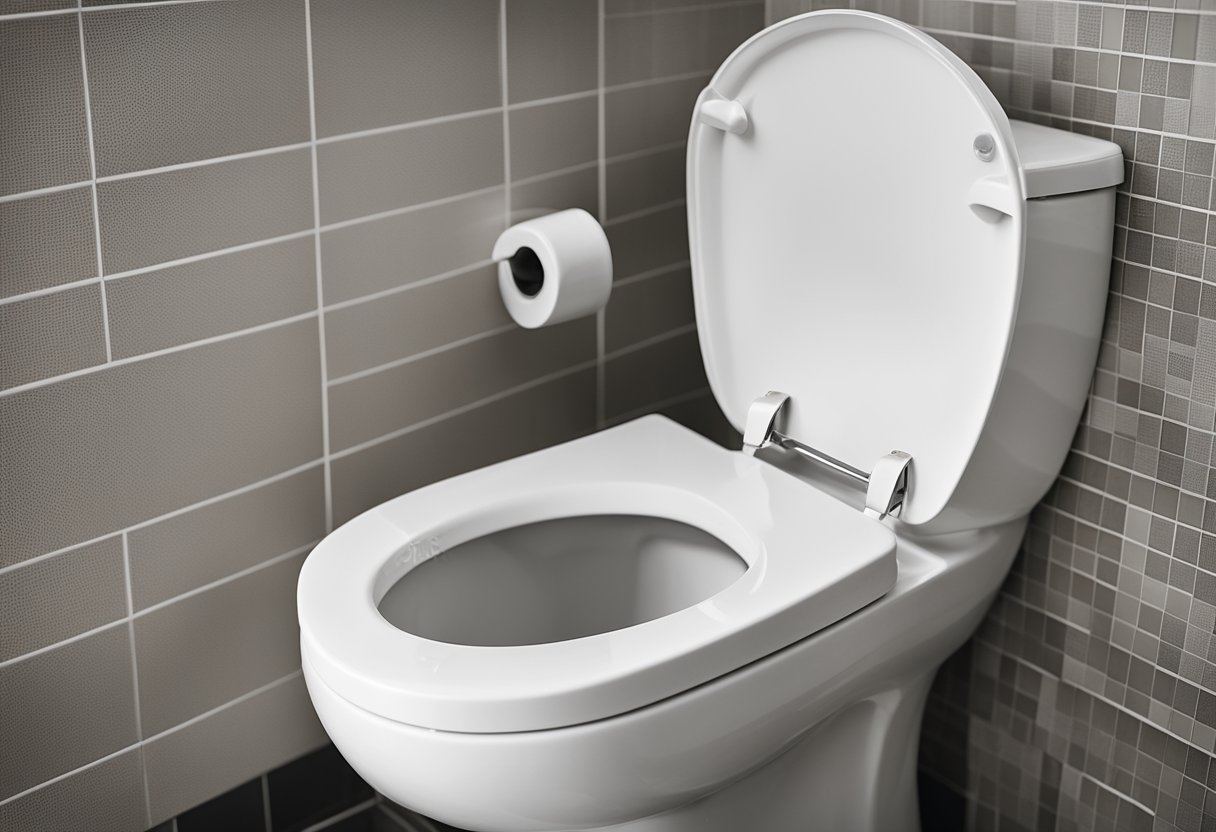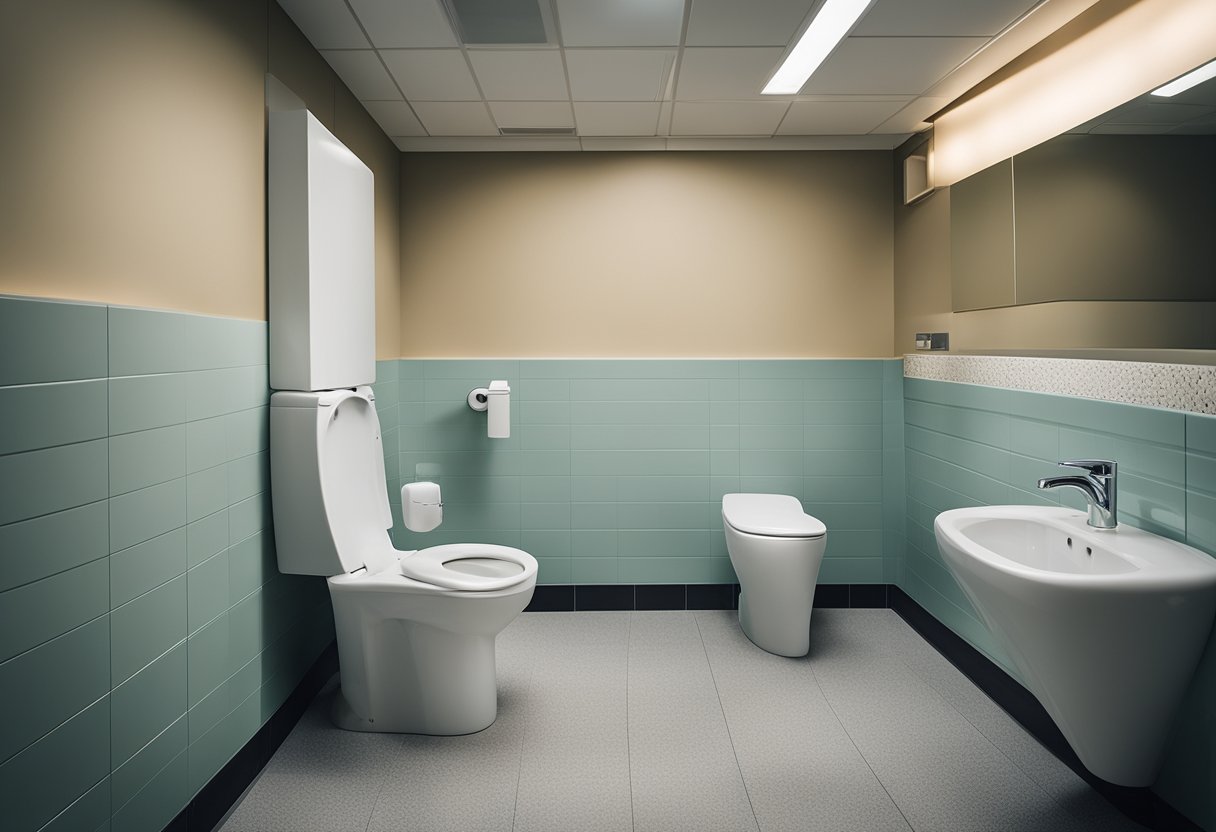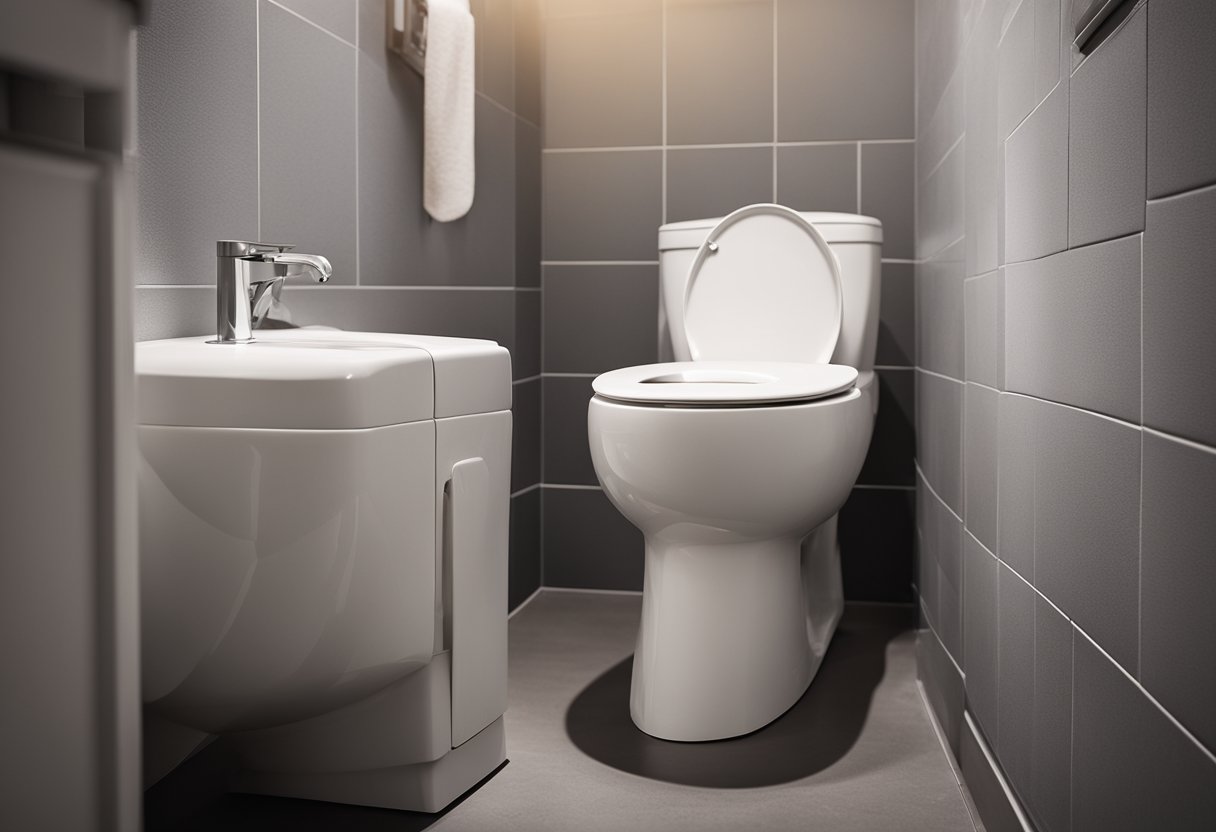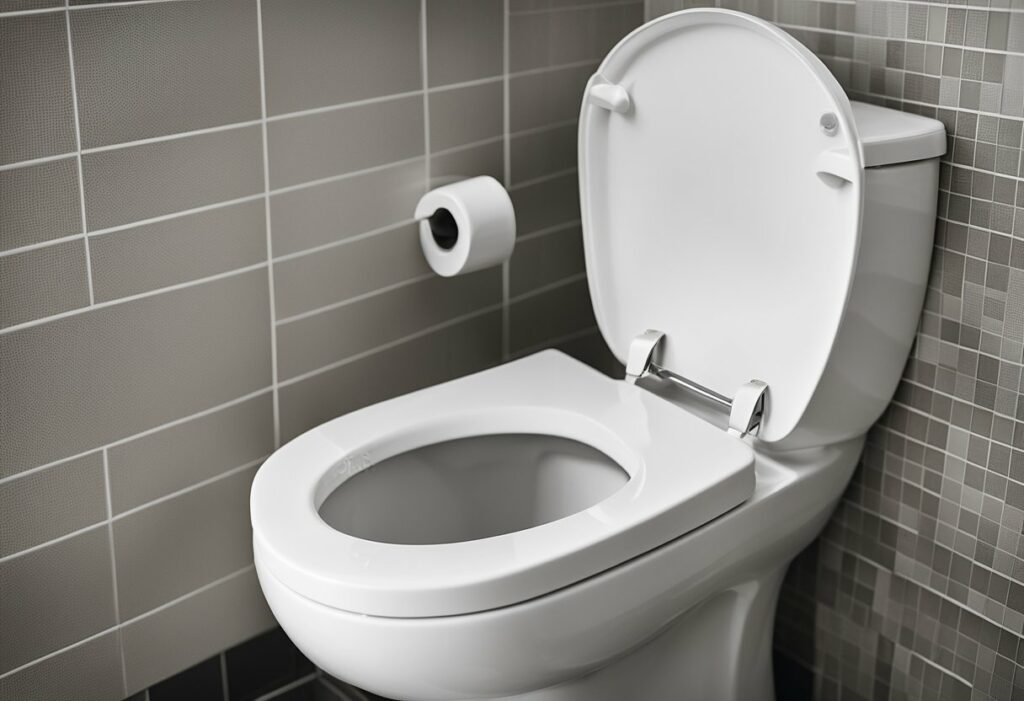Bad Toilet Design: Why Poorly Designed Toilets Are a Major Problem
Are you tired of bad toilet design ruining your bathroom experience? A poorly designed toilet can be uncomfortable, inconvenient, and even lead to costly repairs. From awkwardly placed toilets to outdated fixtures, bad toilet design can be a nightmare for homeowners.

When it comes to toilet design, there are key principles that should be followed to ensure a comfortable and functional bathroom. However, common pitfalls in toilet design can lead to a less-than-ideal experience. From choosing the wrong size toilet to ignoring ventilation, there are many mistakes that can be made in the design process.
In this article, we will explore the key principles of toilet design and common pitfalls to avoid when renovating your bathroom. Whether you’re planning a home renovation or simply looking to upgrade your bathroom, this guide will help you create a comfortable and functional space.
Key Takeaways
- Good toilet design is essential for a comfortable and functional bathroom.
- Common pitfalls in toilet design include choosing the wrong size toilet and ignoring ventilation.
- By following key principles of toilet design and avoiding common pitfalls, you can create a bathroom that meets your needs and enhances your home.
Key Principles of Toilet Design

Designing a toilet that is both functional and aesthetically pleasing can be a challenging task. There are several key principles that you should keep in mind when designing your toilet to ensure that it meets your needs and looks great.
Aesthetic Appeal
When designing a toilet, it is important to consider the overall aesthetic appeal of the space. This includes using textures and colour palettes that complement each other, as well as incorporating modern toilet design ideas. Adding fixtures and plumbing that are both functional and stylish can also enhance the overall look of your toilet.
Functionality and Efficiency
Functionality and efficiency are key principles of toilet design. The toilet should be designed in a way that is easy to use and maintain, with ample space for flushing and drainage. Proper ventilation is also important to ensure that the space remains fresh and odour-free.
Comfort and Accessibility
Comfort and accessibility are important considerations when designing a toilet. This includes ensuring that the toilet is easy to access and use for people of all ages and abilities. Incorporating features such as taps, accessories, and a large mirror can also enhance the comfort and usability of the space.
Space Optimisation
Limited space is a common challenge when designing a toilet, particularly in BTO or HDB flats. To maximise the available space, consider incorporating storage solutions such as spacio or cabinets. Using wall tiles instead of floor tiles can also help to create the illusion of more space.
Sustainable Practices
Sustainable practices are becoming increasingly important in toilet design. This includes using water-efficient fixtures to conserve water, as well as incorporating energy-efficient lighting and ventilation to minimise electricity usage. Proper disposal of human waste is also important to protect our rivers and oceans.
Personalisation and Trends
Personalisation and trends should also be considered when designing a toilet. This includes incorporating unique fixtures and accessories that reflect your personal style, as well as incorporating the latest toilet design trends.
Professional Guidance
Working with an interior designer or contractor can help to ensure that your toilet is designed to meet your specific needs and preferences. They can also provide guidance on the latest toilet design ideas and trends.
Renovation Considerations
If you are renovating an existing toilet, there are several considerations to keep in mind. This includes ensuring that the new design is compatible with the existing plumbing and fixtures, as well as considering resale value if you plan to sell your home in the future.
Integration with Home Decor
Finally, it is important to consider how your toilet design integrates with the rest of your home decor. This includes considering the design of adjacent rooms such as bedrooms and kitchen, as well as incorporating fixtures and accessories that complement your overall home design.
By keeping these key principles in mind, you can create a toilet that is both functional and aesthetically pleasing, and that meets your specific needs and preferences.
Common Pitfalls in Toilet Design

When it comes to designing a toilet, there are many things to consider. Neglecting user experience, overlooking maintenance and durability, compromising on quality for cost, ignoring lighting and ventilation, and failing to plan for future needs are some of the common pitfalls in toilet design.
Neglecting User Experience
One of the most important things to consider when designing a toilet is user experience. The toilet should be convenient and easy to use. The position of the toilet, the height of the seat, and the type of flush mechanism are all important factors to consider. Additionally, sinks, shower curtains, shower stalls, and tiles should be placed in a way that makes the bathroom easy to navigate.
Overlooking Maintenance and Durability
Another common pitfall in toilet design is overlooking maintenance and durability. The fixtures and fittings in the bathroom should be easy to clean and maintain. Additionally, they should be durable enough to withstand regular wear and tear.
Compromising on Quality for Cost
It can be tempting to compromise on quality for cost when designing a toilet. However, this can lead to problems down the line. Cheap fixtures and fittings are more likely to break and need replacing, which can end up costing more in the long run.
Ignoring Lighting and Ventilation
Lighting and ventilation are often overlooked when designing a toilet. However, they are both important factors to consider. Natural lighting, spotlights, and track lights can all be used to create a bright and welcoming space. Additionally, good ventilation can help prevent mould and mildew from developing in the bathroom.
Failing to Plan for Future Needs
Finally, it is important to plan for future needs when designing a toilet. This means considering things like accessibility and storage. Pedestal sinks and other bathroom fixtures should be placed in a way that makes them easy to use for people with disabilities. Additionally, storage should be incorporated into the design to make the bathroom more functional.
In conclusion, there are many things to consider when designing a toilet. By avoiding common pitfalls and taking user experience, maintenance and durability, quality, lighting and ventilation, and future needs into account, you can create a bathroom that is both functional and aesthetically pleasing.
Frequently Asked Questions

What are the tell-tale signs of a poorly designed loo?
A poorly designed toilet can be identified by several signs. The most common ones include cramped spaces, inadequate ventilation, poor lighting, and uncomfortable seating. A loo that is not designed with user comfort in mind can also cause hygiene issues and lead to unpleasant odours.
How can one spot a substandard bathroom layout?
A substandard bathroom layout can be identified by several factors. These include a lack of privacy, insufficient space for movement, poorly placed fixtures, and inadequate storage. A bathroom that is not designed with user convenience in mind can also lead to accidents and injuries.
What are common mistakes to avoid in toilet design?
Common mistakes to avoid in toilet design include insufficient ventilation, inadequate lighting, poor drainage, and lack of storage. Other mistakes include using low-quality materials, placing fixtures in inconvenient locations, and ignoring user comfort.
What consequences arise from improper usage of toilets?
Improper usage of toilets can lead to several consequences. These include clogging of pipes, damage to fixtures, unpleasant odours, and hygiene issues. Improper usage can also lead to the spread of germs and diseases.
How does one assess the functionality of bathroom fixtures?
To assess the functionality of bathroom fixtures, you should check for signs of wear and tear, test the water pressure and temperature, and ensure that the fixtures are easy to use. You should also check for leaks, cracks, and other signs of damage.
What are essential considerations for a top-notch lavatory setup?
Essential considerations for a top-notch lavatory setup include user comfort, hygiene, convenience, and safety. This includes adequate space for movement, proper ventilation and lighting, easy-to-use fixtures, and sufficient storage. It is also important to use high-quality materials and to ensure that the design is aesthetically pleasing.



